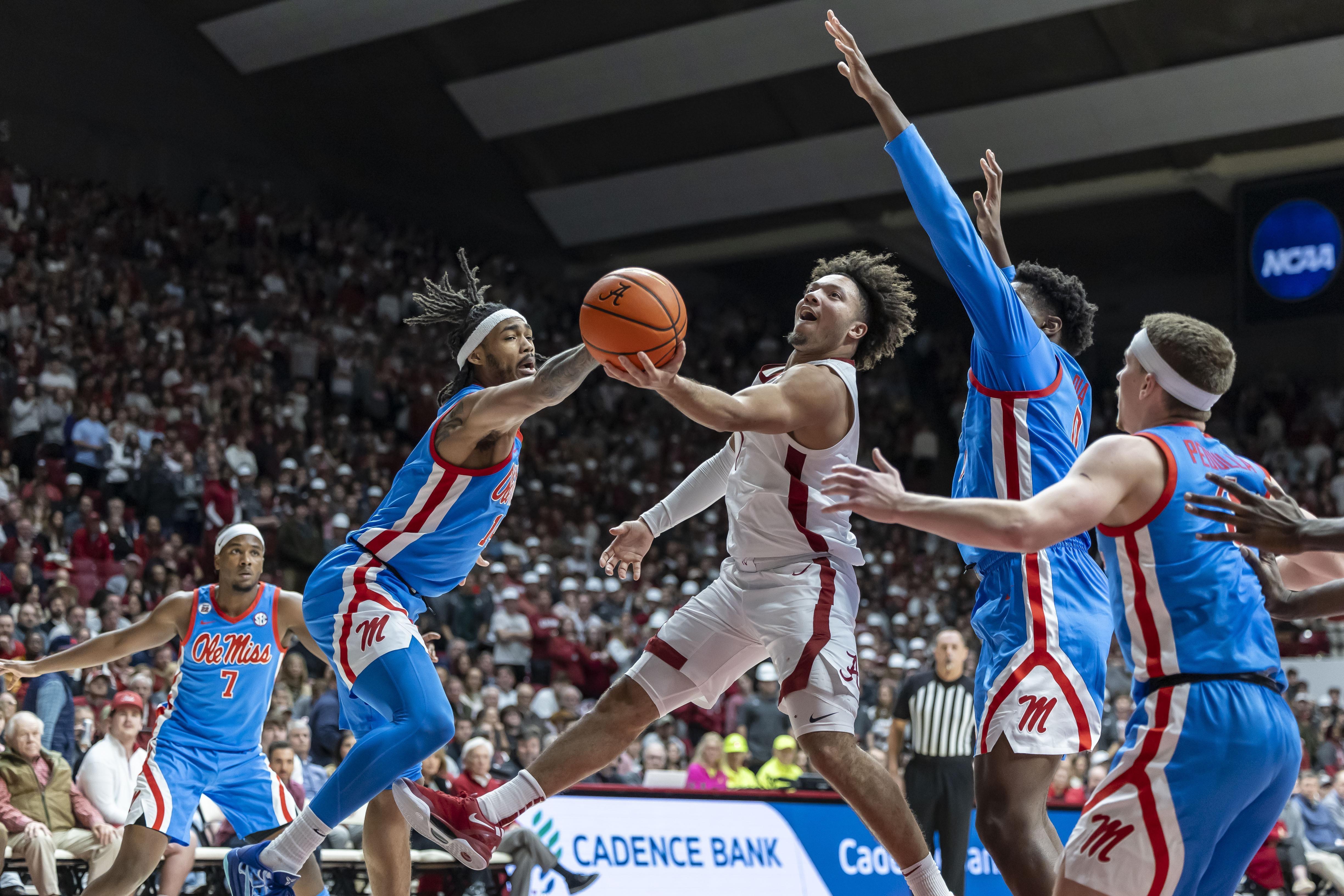A historic NCAA settlement is reshaping the future of college sports and could transform programs at universities across Mississippi.
Landmark NCAA settlement could transform college sports in Mississippi


A historic NCAA settlement is reshaping the future of college sports and could transform programs at universities across Mississippi.

Will Stribling
Landmark NCAA settlement could transform college sports in Mississippi
The $2.8 billion settlement in the House v. NCAA case will compensate tens of thousands of Division I athletes who were previously barred from profiting off their name, image and likeness, or NIL.
Jake Wimberly, program director for ESPN Radio in Madison and Jackson, supports athletes getting paid but sees the NIL system as a disingenuous way for universities to avoid classifying players as employees. He cited LSU's national championship winning baseball team as an example, which enjoys a roster that reportedly cost $10 million to put together.
“Most of that money was not name, image and likeness,” Wimberly said. “That is pay-for-play, because there’s not enough burgers, shirts or swag out there to get you $10 million.”
The settlement also allows schools to directly pay athletes, with revenue-sharing caps starting around $20 million per year per institution. Athletic directors at Mississippi’s Division I schools have largely welcomed the settlement and the opportunities it offers to support student-athletes and sustain their school’s programs.
University of Mississippi Athletics Director Keith Carter highlighted new support services available under the agreement, including enhanced mental health care, nutrition support and extended medical coverage.
“While the past few years have seen Ole Miss reach historic heights, we look forward to embracing a new model in college athletics and finding some much-needed stability,” Carter said in a statement.
At Mississippi State, Athletics Director Zac Selmon called the settlement a “pivotal moment” and said it brings much-needed clarity for programs navigating athlete compensation.
“While there are still questions to answer and new territory ahead, this decision allows us to officially move forward with plans to share revenue with our student-athletes,” Selmon said in a statement.
However, concerns remain about the future of non-revenue and women’s sports. A group of female athletes has filed a legal challenge to the settlement, arguing that the proposed distribution model unfairly favors men’s programs and violates Title IX protections.
They also warned that the financial constraints brought on by the need to offer top athletes competitive pay rates, colleges will begin cutting non revenue sports programs and that shift will disproportionately affect female athletes. That same sentiment was shared by Gov. Tate Reeves during a press conference earlier this month.
“There are going to be fewer female collegiate athletes in the future because of this settlement, and I think that’s a crying shame,” Reeves said.
Wimberly thinks many Division 1 schools need to rethink how they fund athletics, regardless of the settlement.
“A lot of universities are upside down, even some in the Southeastern Conference, because they overspend,” Wimberly said. “They’re going to have to balance a book and ask, ‘Does it make sense to keep supporting this sport with scholarships, equipment and meals, or should we cut it?’”
If the athletes’ appeal succeeds, it could delay settlement payouts for more than a year and force a major overhaul of how colleges allocate athletic funds by gender.